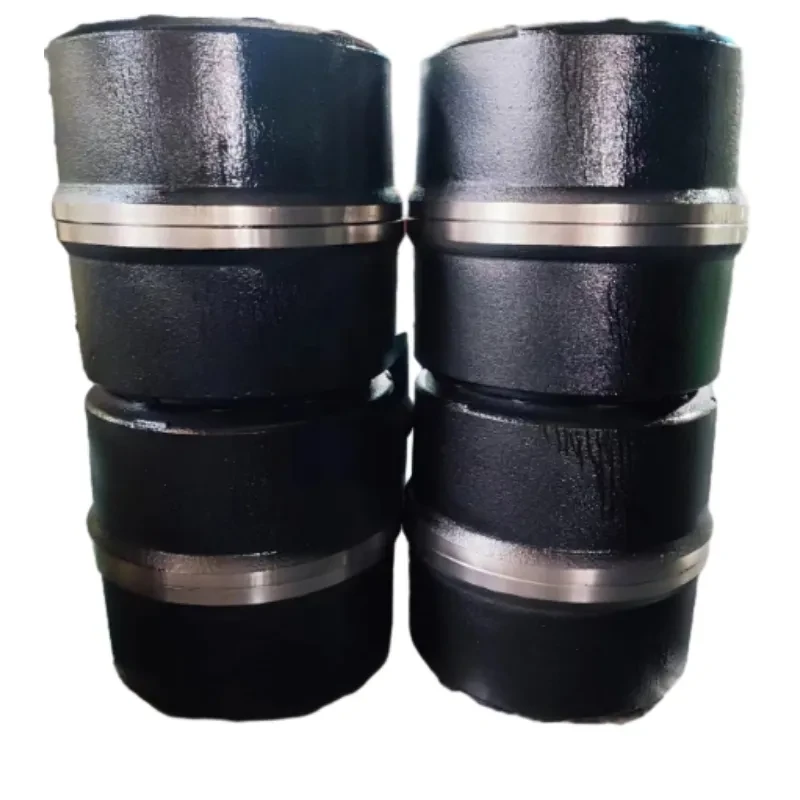
-
 Afrikaans
Afrikaans -
 Albanian
Albanian -
 Amharic
Amharic -
 Arabic
Arabic -
 Armenian
Armenian -
 Azerbaijani
Azerbaijani -
 Basque
Basque -
 Belarusian
Belarusian -
 Bengali
Bengali -
 Bosnian
Bosnian -
 Bulgarian
Bulgarian -
 Catalan
Catalan -
 Cebuano
Cebuano -
 Corsican
Corsican -
 Croatian
Croatian -
 Czech
Czech -
 Danish
Danish -
 Dutch
Dutch -
 English
English -
 Esperanto
Esperanto -
 Estonian
Estonian -
 Finnish
Finnish -
 French
French -
 Frisian
Frisian -
 Galician
Galician -
 Georgian
Georgian -
 German
German -
 Greek
Greek -
 Gujarati
Gujarati -
 Haitian Creole
Haitian Creole -
 hausa
hausa -
 hawaiian
hawaiian -
 Hebrew
Hebrew -
 Hindi
Hindi -
 Miao
Miao -
 Hungarian
Hungarian -
 Icelandic
Icelandic -
 igbo
igbo -
 Indonesian
Indonesian -
 irish
irish -
 Italian
Italian -
 Japanese
Japanese -
 Javanese
Javanese -
 Kannada
Kannada -
 kazakh
kazakh -
 Khmer
Khmer -
 Rwandese
Rwandese -
 Korean
Korean -
 Kurdish
Kurdish -
 Kyrgyz
Kyrgyz -
 Lao
Lao -
 Latin
Latin -
 Latvian
Latvian -
 Lithuanian
Lithuanian -
 Luxembourgish
Luxembourgish -
 Macedonian
Macedonian -
 Malgashi
Malgashi -
 Malay
Malay -
 Malayalam
Malayalam -
 Maltese
Maltese -
 Maori
Maori -
 Marathi
Marathi -
 Mongolian
Mongolian -
 Myanmar
Myanmar -
 Nepali
Nepali -
 Norwegian
Norwegian -
 Norwegian
Norwegian -
 Occitan
Occitan -
 Pashto
Pashto -
 Persian
Persian -
 Polish
Polish -
 Portuguese
Portuguese -
 Punjabi
Punjabi -
 Romanian
Romanian -
 Russian
Russian -
 Samoan
Samoan -
 Scottish Gaelic
Scottish Gaelic -
 Serbian
Serbian -
 Sesotho
Sesotho -
 Shona
Shona -
 Sindhi
Sindhi -
 Sinhala
Sinhala -
 Slovak
Slovak -
 Slovenian
Slovenian -
 Somali
Somali -
 Spanish
Spanish -
 Sundanese
Sundanese -
 Swahili
Swahili -
 Swedish
Swedish -
 Tagalog
Tagalog -
 Tajik
Tajik -
 Tamil
Tamil -
 Tatar
Tatar -
 Telugu
Telugu -
 Thai
Thai -
 Turkish
Turkish -
 Turkmen
Turkmen -
 Ukrainian
Ukrainian -
 Urdu
Urdu -
 Uighur
Uighur -
 Uzbek
Uzbek -
 Vietnamese
Vietnamese -
 Welsh
Welsh -
 Bantu
Bantu -
 Yiddish
Yiddish -
 Yoruba
Yoruba -
 Zulu
Zulu
centrifuge brake drum
Understanding the Centrifuge Brake Drum Function, Importance, and Maintenance
In various industrial applications, centrifuges play a crucial role in separating components based on their density. A vital component in ensuring the safe and efficient operation of a centrifuge is the brake drum. This article explores the function, significance, and maintenance of the centrifuge brake drum, helping us appreciate its role in the overall effectiveness of centrifugation processes.
Function of the Brake Drum
The primary function of the centrifuge brake drum is to manage the rotational speed of the centrifuge during operation and to ensure a safe and controlled stopping of the machine. Centrifuges operate at high speeds, often reaching thousands of revolutions per minute (RPM). When a centrifuge needs to stop, the brake drum acts as a vital mechanism that helps slow down the rotor safely and efficiently.
The brake drum operates using friction generated between the drum and brake shoes that are pressed against it. When the brake is applied, this friction converts the kinetic energy of the rotor into heat, which is then dissipated into the surrounding environment. This conversion process is crucial because any sudden stops could potentially damage the centrifuge itself, as well as the materials being processed within it.
Importance of the Brake Drum
The brake drum is not only essential for safety but also contributes significantly to the longevity of the centrifuge. A well-functioning brake system ensures that the machine can operate for extended periods without wearing out prematurely. Moreover, maintaining the integrity of the centrifuge helps protect the valuable samples being processed, which can be critical in applications such as pharmaceuticals, biotechnology, and chemical engineering.
In addition to safety and longevity, the brake drum also impacts the operational efficiency of the centrifuge. An effective braking system reduces the time required to bring the centrifuge to a stop, which in turn minimizes downtime and increases productivity. The faster the centrifuge can be brought to a halt, the quicker the next batch can be processed, thereby enhancing overall workflow efficiency.
Maintenance of the Brake Drum
centrifuge brake drum

To ensure optimal performance of the centrifuge brake drum, regular maintenance is essential. This includes routine inspections and timely replacements of worn-out components. Here are some key maintenance practices
1. Regular Inspections Periodically checking the brake drum for signs of wear, such as grooves or cracks, is crucial. Any visible damage should be addressed immediately to prevent failure during operation.
2. Cleaning Dust and debris can accumulate on the brake components, affecting performance. Regular cleaning helps maintain the efficiency of the braking system.
3. Lubrication Proper lubrication of moving parts reduces friction and wear, ensuring smoother operation. However, care must be taken not to use excessive lubrication, which can attract contaminants.
4. Adjustment The brake tension should be regularly adjusted to ensure optimal contact between the brake shoes and the drum. This adjustment allows for effective friction management and prevents slipping.
5. Replacement Components such as brake shoes and springs should be replaced at the manufacturer’s recommended intervals or when they show significant wear. Neglecting replacements can lead to catastrophic failures.
Conclusion
The centrifuge brake drum is a crucial component that ensures the safe and efficient operation of centrifuges in various industries. By understanding its function, importance, and maintenance needs, operators can significantly enhance the performance and lifespan of their centrifuges. Regular maintenance and timely interventions not only ensure safety but also contribute to the operational efficiency and effectiveness of the processes relying on centrifugation. Ultimately, paying attention to this often-overlooked component is essential for maximizing productivity in any application involving centrifuges.
-
Rear Drum Brakes Maintenance TipsNewsAug.04,2025
-
Key Components Affecting Brake Drum FunctionNewsAug.04,2025
-
Important Inspection for Truck Drum BrakeNewsAug.04,2025
-
How to Prepare for Changing Rear Drum BrakesNewsAug.04,2025
-
Essential Tools for Cleaning Drum Brakes ProperlyNewsAug.04,2025
-
Brake Drum Function GuideNewsAug.04,2025
-
Safety Features of Red Brake DrumsNewsAug.01,2025
